Imagine the roar of not one but two powerful engines working in harmony. It’s a thrill that only a select group of car enthusiasts have experienced since most were either prototypes or used in racing. With their dual-engine setups, these incredible machines are the ultimate fusion of power and performance.
Mosler TwinStar Eldorado
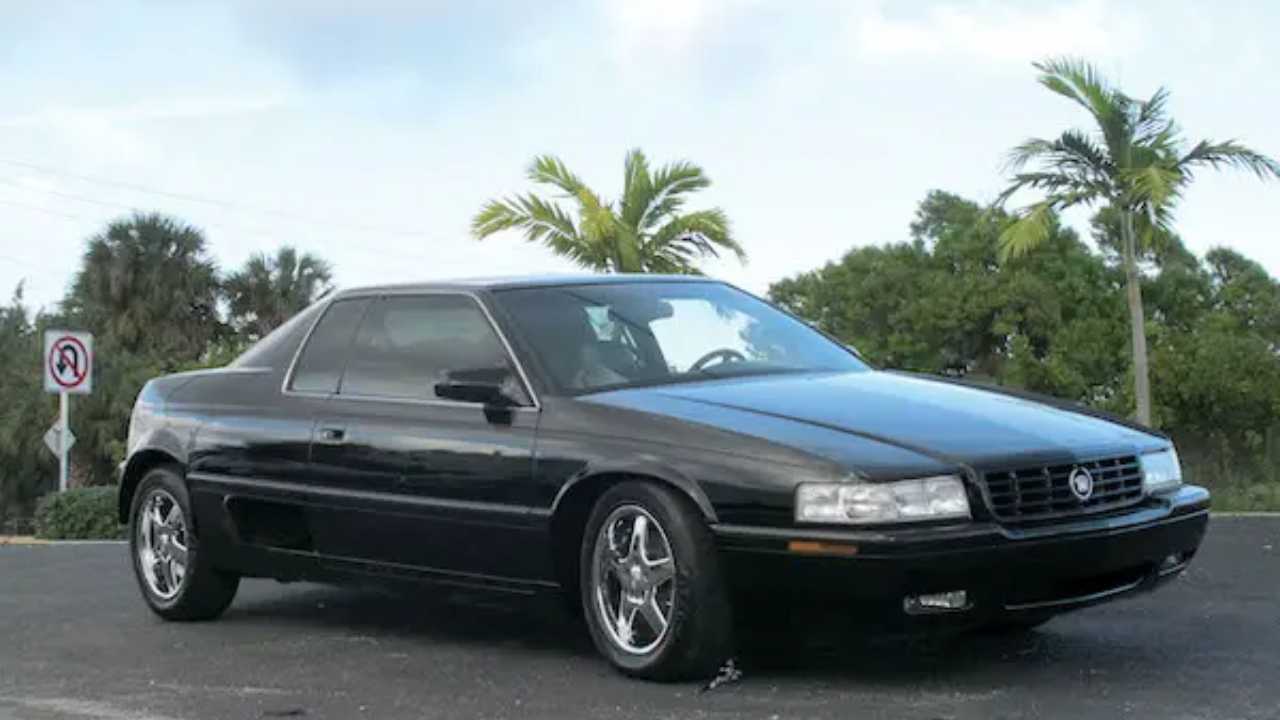
The Mosler TwinStar Eldorado was a custom creation based on the Cadillac Eldorado coupe. It featured two Northstar V8 engines – one in the front powering the front wheels and another in the rear powering the rear wheels, effectively giving it all-wheel drive.
With a combined output of 575 horsepower, the TwinStar could accelerate from 0-60 mph in around 5 seconds despite weighing nearly 4,800 pounds. Mosler Automotive, led by Warren Mosler, built only five of the car in the late 1990s/early 2000s by stretching the Eldorado’s chassis to accommodate the twin-engine setup. Unfortunately, the car only sold five of the model, three of which were sold to one super rich guy.
Lancia Trevi Bimotore
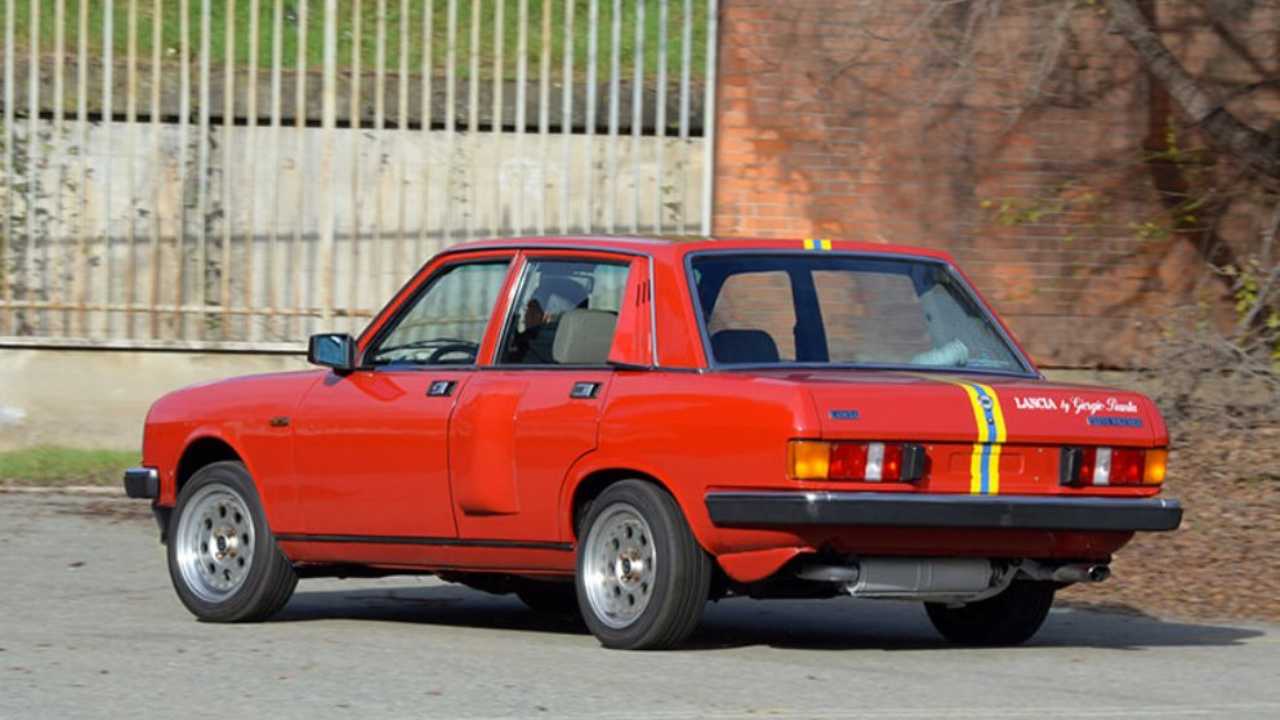
The Lancia Trevi Bimotore was a highly unusual prototype vehicle developed in 1984. It featured two inline-4 engines – one mounted in the front powering the front wheels and another mounted transversely in the mid-rear position powering the rear wheels.
Each 2.0-liter DOHC engine with a volumetric compressor produced around 135-150 horsepower, giving the Trevi Bimotore an effective four-wheel drive system and a combined output of around 270-300 horsepower. The project was led by racing driver Giorgio Pianta, taking the standard Trevi Volumex model as a base and modifying it with the twin-engine setup to explore high-performance four-wheel drive technology before Lancia’s later Delta Integrale rally cars.
Mercedes A38 AMG

The Mercedes-Benz A38 AMG was an extremely rare and unconventional variant of the A-Class hatchback produced in the early 2000s. It featured two separate 1.9-liter inline-four engines – one in the front powering the front wheels and another in the rear powering the rear wheels, effectively giving it all-wheel drive.
With a combined output of around 250 hp and 266 lb-ft of torque, the A38 AMG could sprint from 0-100 km/h in 5.9 seconds, making it a surprisingly quick little hatchback. However, only a handful of examples were ever produced, with some sources indicating just one or two were built as experimental prototypes by AMG. The A38 AMG showcased AMG’s ingenuity in shoehorning a twin-engine setup into the compact A-Class platform for added performance.
Volkswagen Pikes Peak Golf
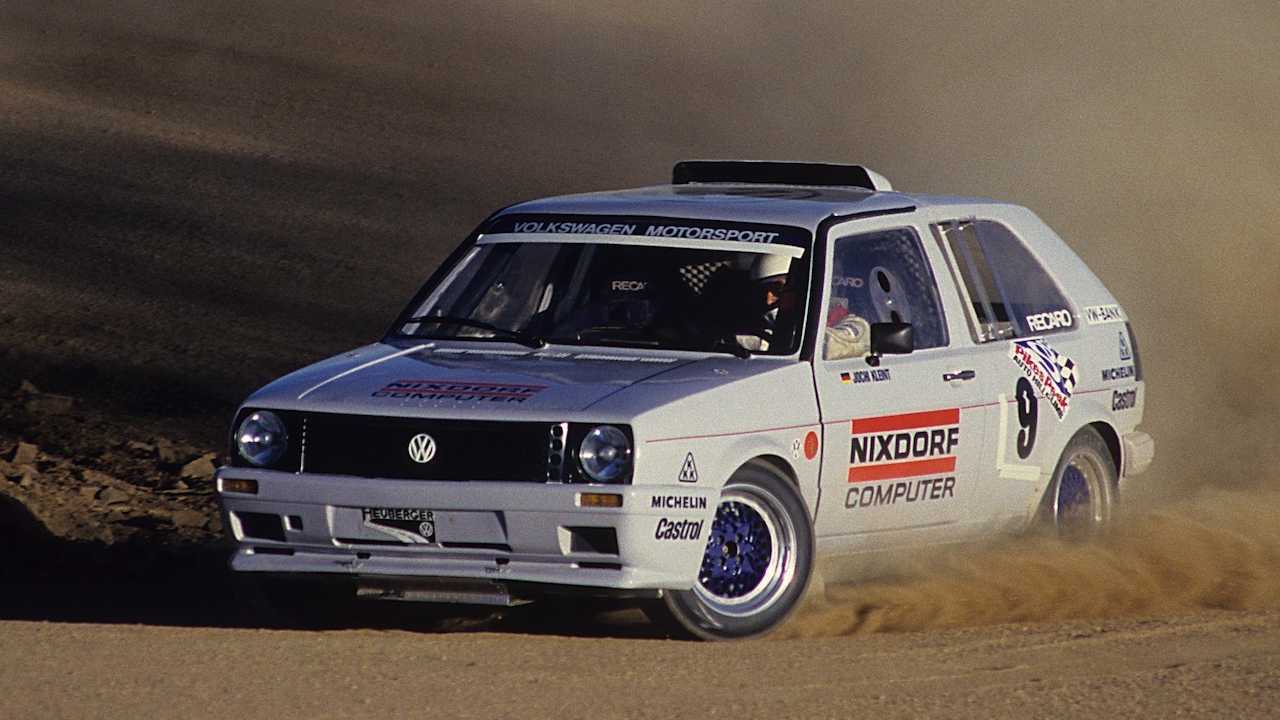
The Volkswagen Pikes Peak Golf was an extraordinary race car built specifically for the famous Pikes Peak International Hill Climb. It featured two engines—a 1.8-liter inline-four in the front that powered the front wheels and another 1.8-liter inline-four in the rear that powered the rear wheels.
This twin-engine setup produced a staggering 652 horsepower combined. Volkswagen campaigned the Pikes Peak Golf at the hill climb event from 1985 to 1987, with driver Jochi Kleint nearly beating Walter Röhrl’s record time in 1987. Despite its innovative design and immense power, the Pikes Peak Golf ultimately failed to secure an outright victory at the legendary Colorado race.
Jeep Hurricane

The Jeep Hurricane was an audacious concept vehicle unveiled in 2005. It featured twin 5.7-liter Hemi V8 engines – one powering the front wheels and another powering the rear wheels – producing a combined 670 horsepower and 740 lb-ft of torque.
This gave the Hurricane true four-wheel drive capability and allowed it to accelerate from 0-60 mph in just 4.9 seconds. Other innovative features included four-wheel steering for tight maneuvering, a lightweight carbon fiber body, and cylinder deactivation to improve efficiency when the full power wasn’t needed. While never intended for production, the extreme Hurricane concept showcased Jeep’s engineering prowess and passion for off-road performance.
Alfa Romeo Bimotore
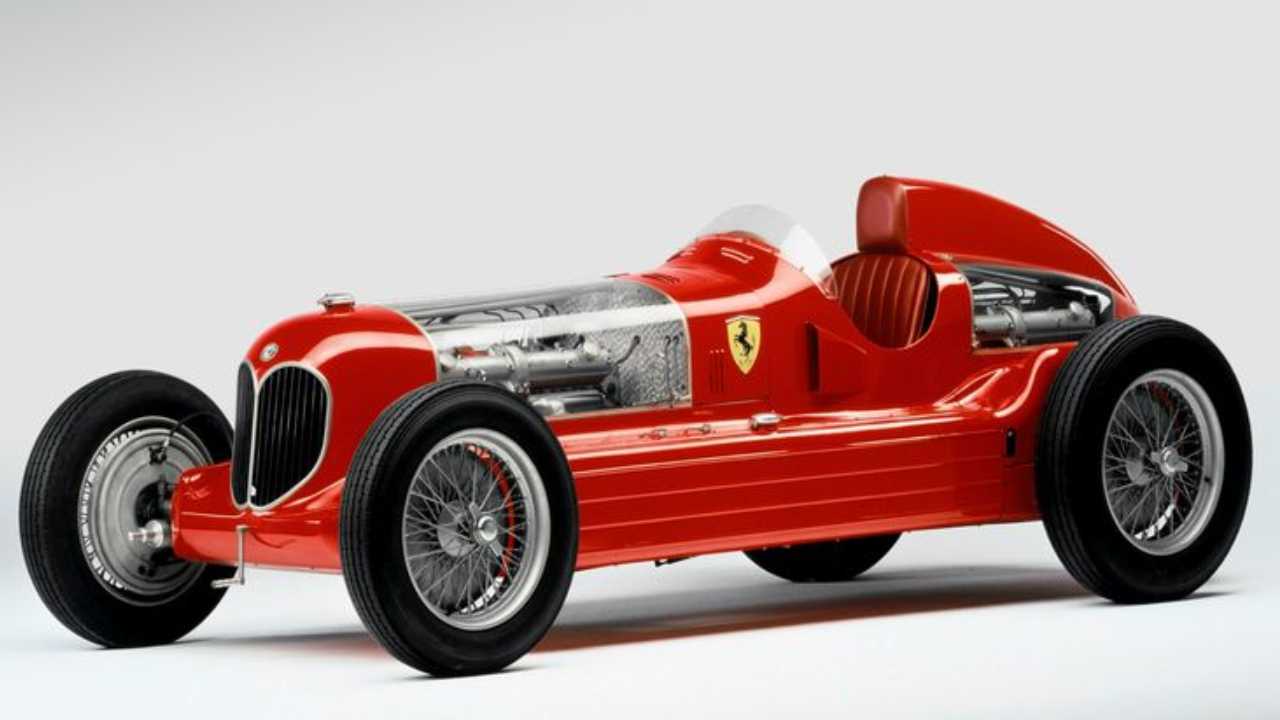
The Alfa Romeo Bimotore was built in 1935 with a specific goal – to defeat the dominant German racing cars from Mercedes and Auto Union. This vehicle featured not one but two straight-8 engines – one positioned in the front and another in the rear, both driving the rear wheels through an intricate drivetrain system.
The twin 3.2-liter supercharged engines produced a staggering combined output of 540 horsepower, making the Bimotore one of the most powerful race cars of its era. It was a secret project spearheaded by Alfa Romeo’s racing division, Scuderia Ferrari, under the leadership of the legendary Enzo Ferrari himself. Incredibly, the entire car was designed and built in just four months, with only three examples ever constructed.
The Bimotore debuted at the 1935 Tripoli Grand Prix, piloted by racing legends Tazio Nuvolari and Louis Chiron. It was a missile on the straights, reaching speeds over 320 km/h. However, the car struggled with excessive tire wear, prodigious fuel consumption, and handling issues from its immense weight and complex drivetrain. Despite its innovative design and raw speed, the Bimotore had limited success on the track, with a best finish of 4th place at Tripoli behind the German rivals.
Citroën 2CV Sahara
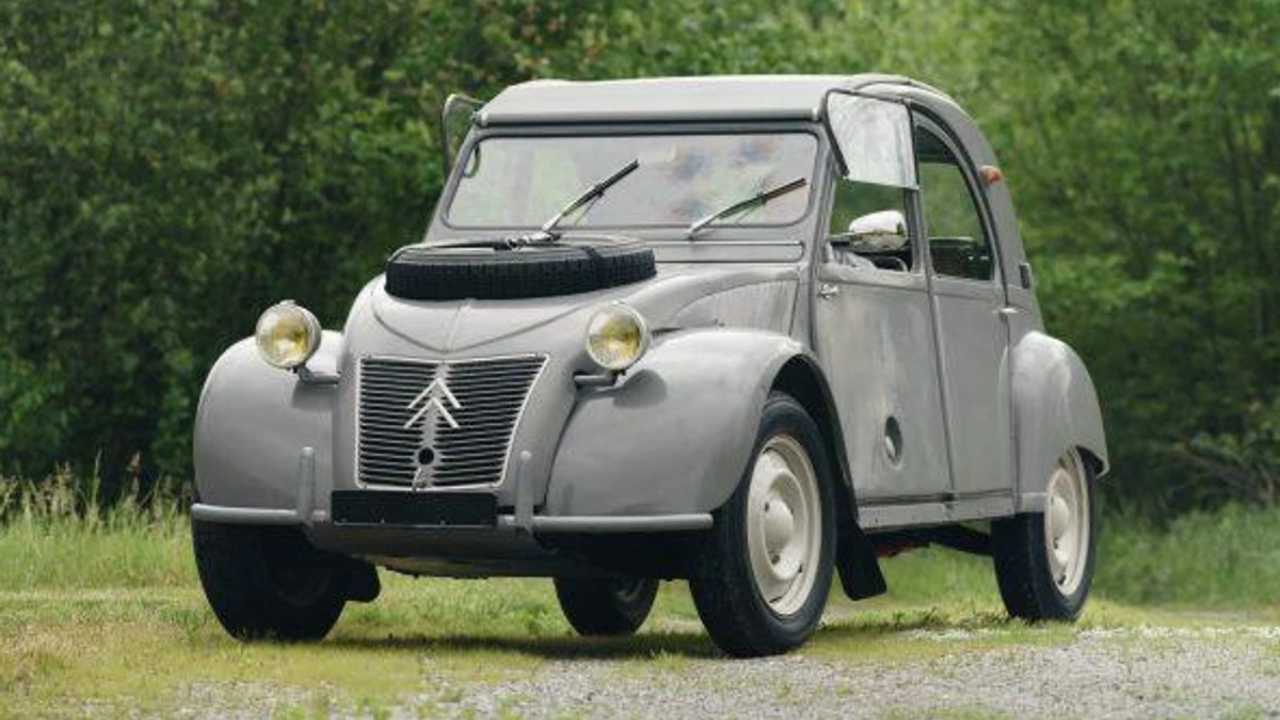
The Citroën 2CV Sahara was a highly unusual and innovative vehicle produced by Citroën from 1960 to 1967. It was essentially a four-wheel drive version of the simple and practical 2CV, designed for better off-road capability in desert and rural areas.
The key distinguishing feature of the 2CV Sahara was its twin-engine setup. It had two separate air-cooled, 425cc flat-twin engines – one in the front powering the front wheels and another in the rear powering the rear wheels. Each engine produced around 12-13 hp, for a total of around 25-27 hp.
The two engines could be operated independently or together for four-wheel drive. There were separate ignition switches, fuel tanks under the front seats, and gearboxes for each engine. The driver could disengage one engine for better fuel economy on the highway. Other modifications over the standard 2CV included a raised ride height, reinforced suspension, wider wheel rims, a front-mounted spare tire, and vents/louvers to aid engine cooling.
The 2CV Sahara was claimed to be able to climb 40% gradients. Despite its ingenious design, the 2CV Sahara was quite expensive (nearly double a standard 2CV), and only around 694 were produced during its 7-year run, making it quite rare today. It found some use by oil exploration companies and in rural areas, but overall sales could were disappointing. While unconventional, the twin-engine 2CV Sahara demonstrated Citroën’s innovative spirit in creating a lightweight 4×4 vehicle from their basic 2CV platform for harsh environments.
Mini Moke ‘Twini’

The Mini Moke ‘Twini’ was an experimental prototype vehicle developed by the British Motor Corporation (BMC) in the early 1960s. It was based on the simple and utilitarian Mini Moke but featured a highly unusual twin-engine setup to improve its off-road capabilities.
The Twini Moke had two 848cc Mini Cooper engines—one mounted in the front to power the front wheels and another in the rear to power the rear wheels. This gave it effective four-wheel drive. The two engines could be operated independently or together, with separate ignition switches and fuel tanks.
In addition to the twin engines, the Twini Moke had a raised ride height, reinforced suspension, and other modifications for better off-road performance compared to the standard Moke. Only a few prototypes were built in the early 1960s for testing and evaluation. Due to its complexity and cost, the project was ultimately not put into production.
MTM TT Bimoto
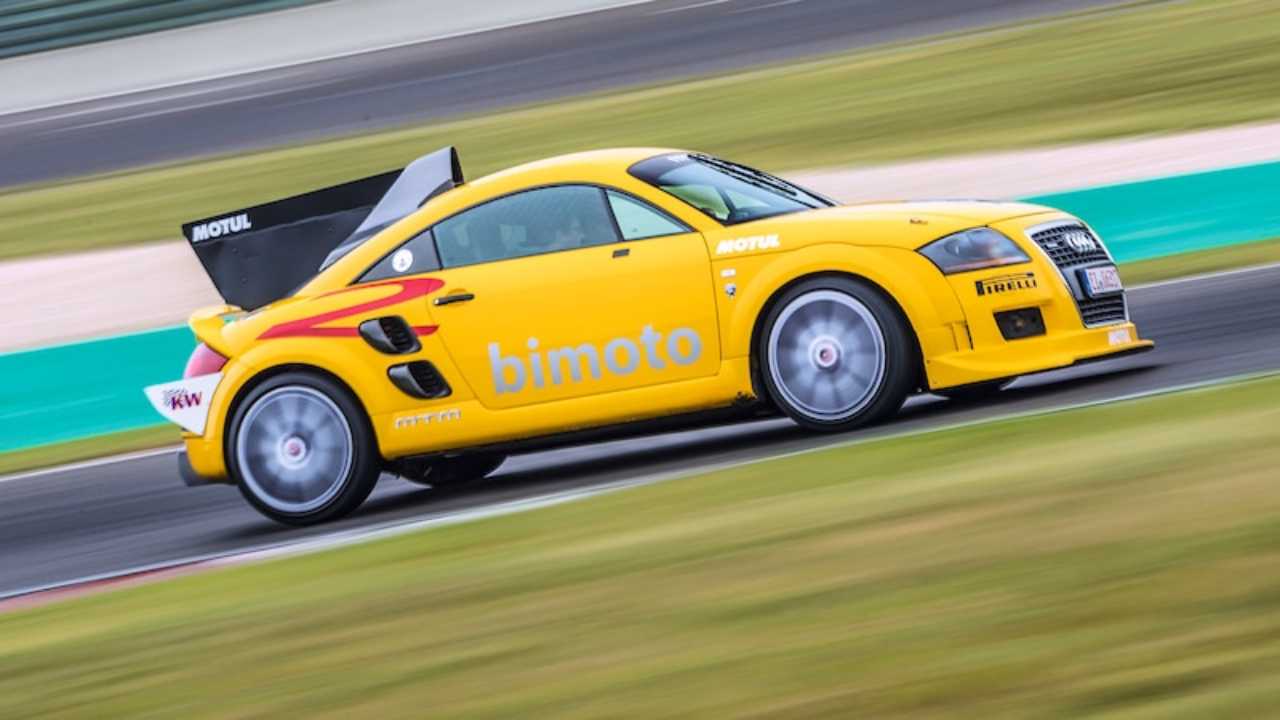
The MTM TT Bimoto was an extreme one-off tuning project based on the Audi TT coupe. It featured two heavily modified 1.8L turbocharged inline-4 engines. One engine was in the front powering the front wheels and the other was in the rear powering the rear wheels.
This unique twin-engine setup produced around 900 horsepower and 1000 Nm of torque combined. Built by German tuners Motoren Technik Mayer (MTM) in the mid-2000s, the Bimoto was able to reach top speeds over 390 km/h. It demonstrated the audacious engineering required to shoehorn two high-performance engines into the compact Audi TT platform.
Carter Two-Engine Car

The Carter Two-Engine Car was an innovative automobile produced in 1907 by the Carter Motor Car Corporation. It featured two side-by-side four-cylinder air-cooled engines that could be operated independently or together through a single transmission.
The idea behind this unusual dual-engine setup was to provide a backup power source in case one engine failed, ensuring the vehicle would not be stranded. Advertised with slogans like “two hearts that beat as one,” the Carter Two-Engine Car was offered in convertible, roadster, and touring car body styles. However, it proved to be a commercial failure due to its high cost and complexity, with only a handful reportedly produced before the company went out of business in 1908.
Forgotten Car Brands That Deserve To Be Remembered
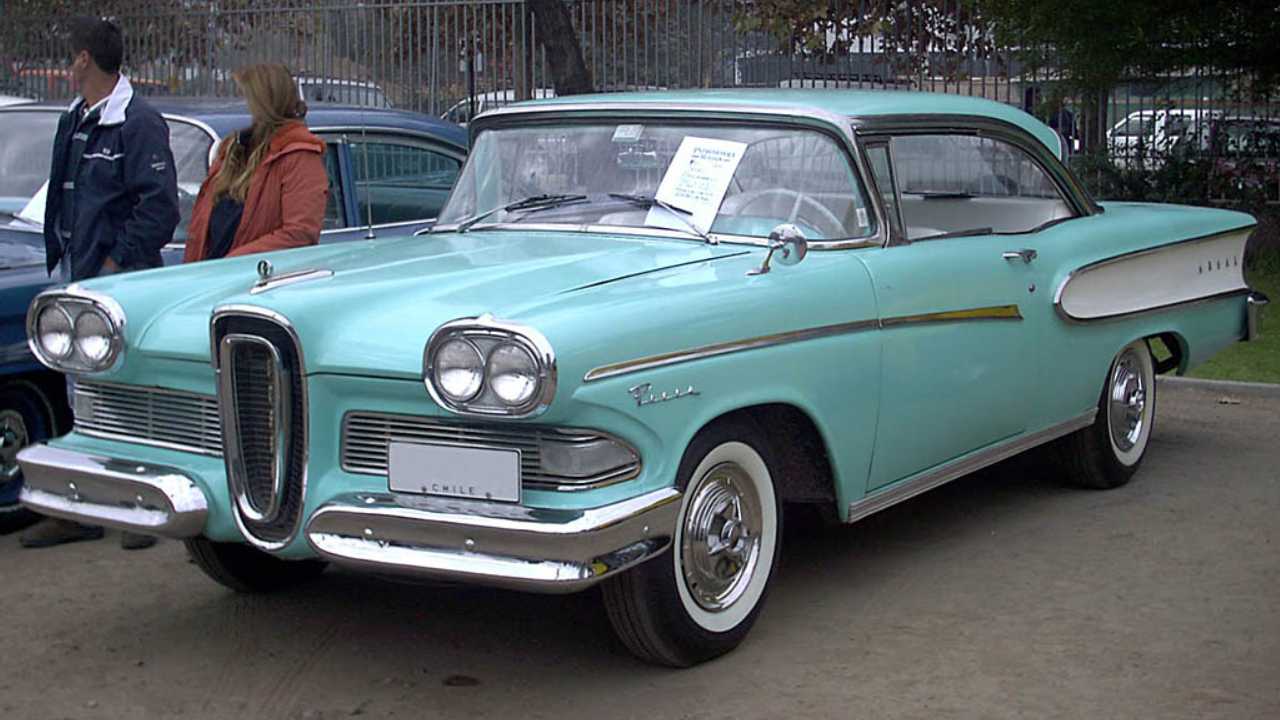
Once-mighty automotive brands have come and gone throughout the history of the automobile industry. This article takes a nostalgic look at some of the most notable car companies that have faded into obscurity over the decades.
You Won’t Believe the Incredible Cars Ralph Lauren Owns
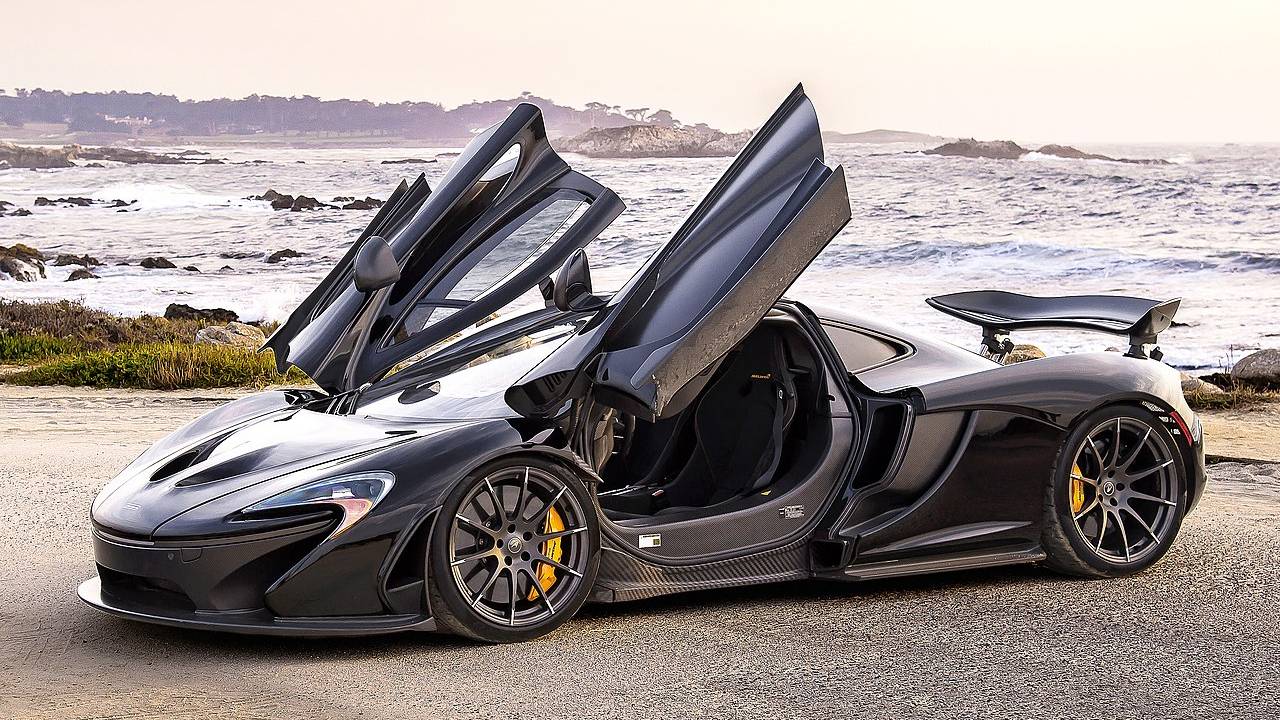
Ralph Lauren is believed to have one of the largest luxury car collections in the world. View some of the amazing machines that grace his garage.
View the cars of Ralph Lauren
The Propeller-Powered Vehicles That Never Made It To The Roads
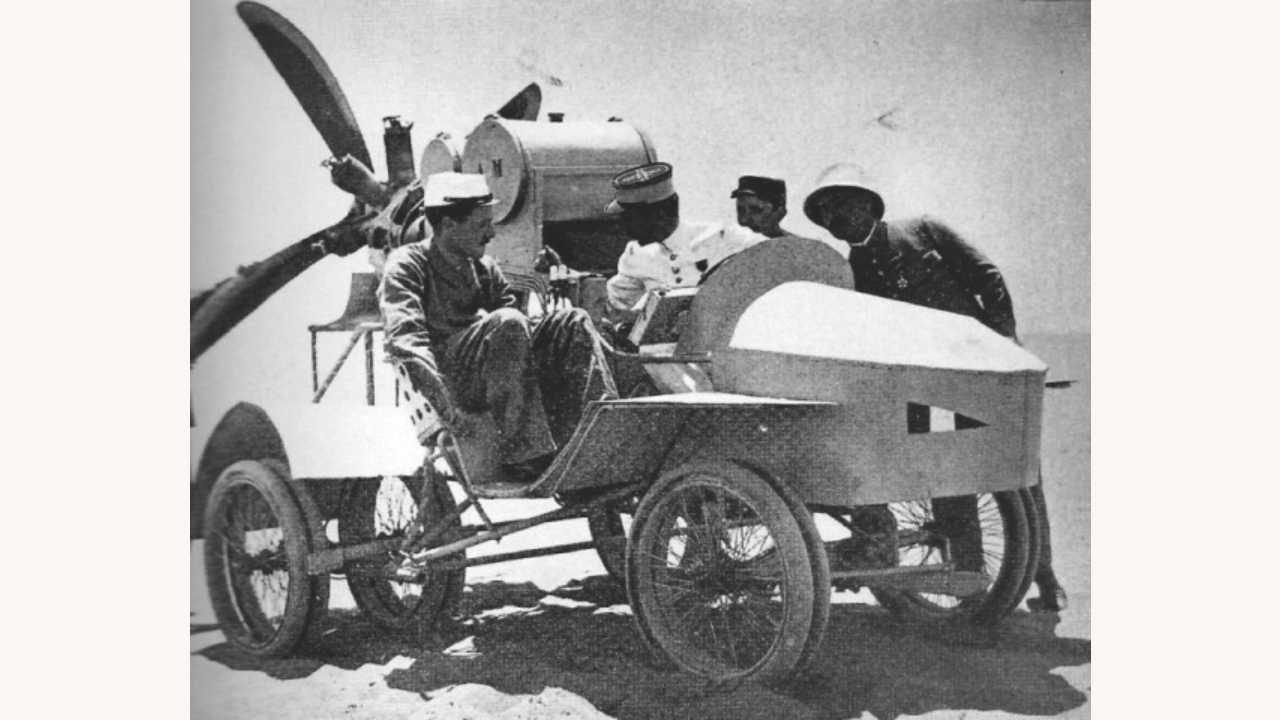
Ingenuity is key to the automotive industry. But, not every idea is a good one and this post is an example of that.

